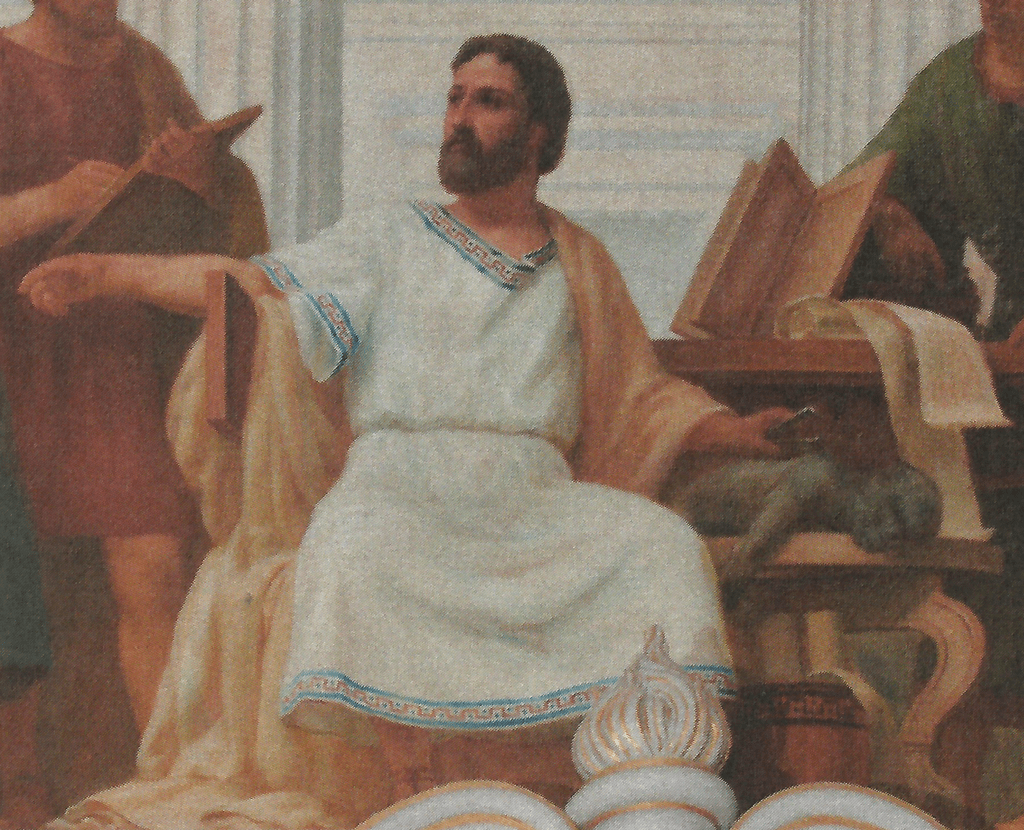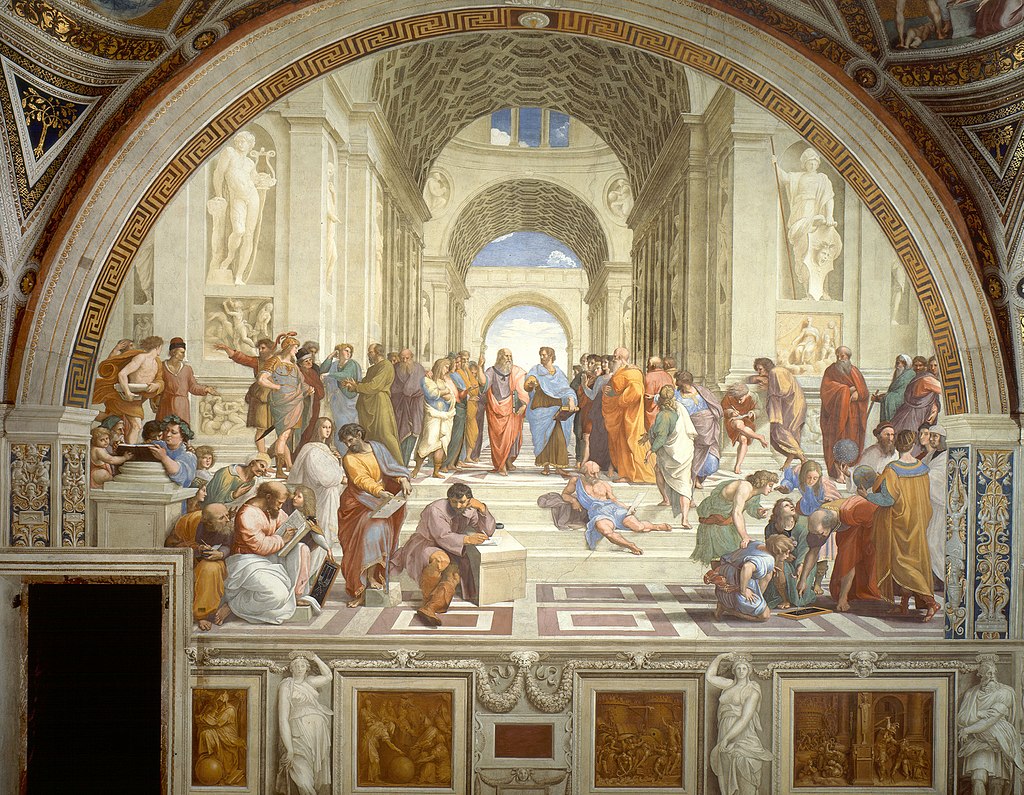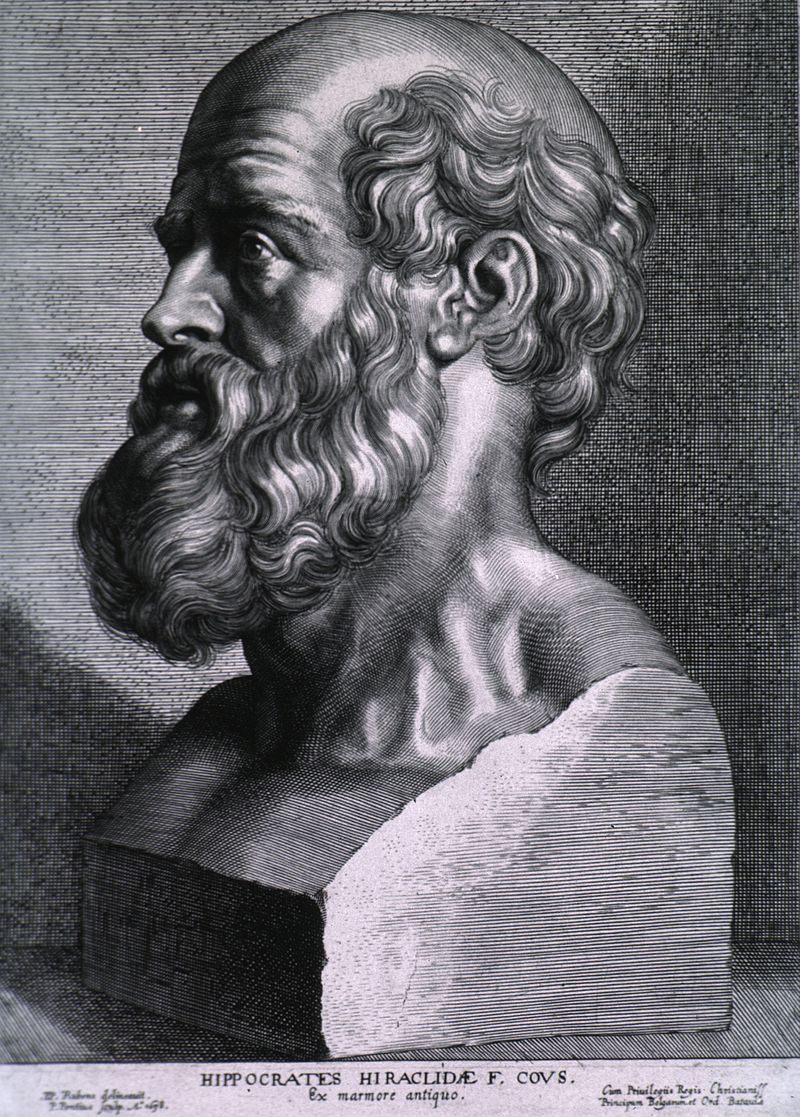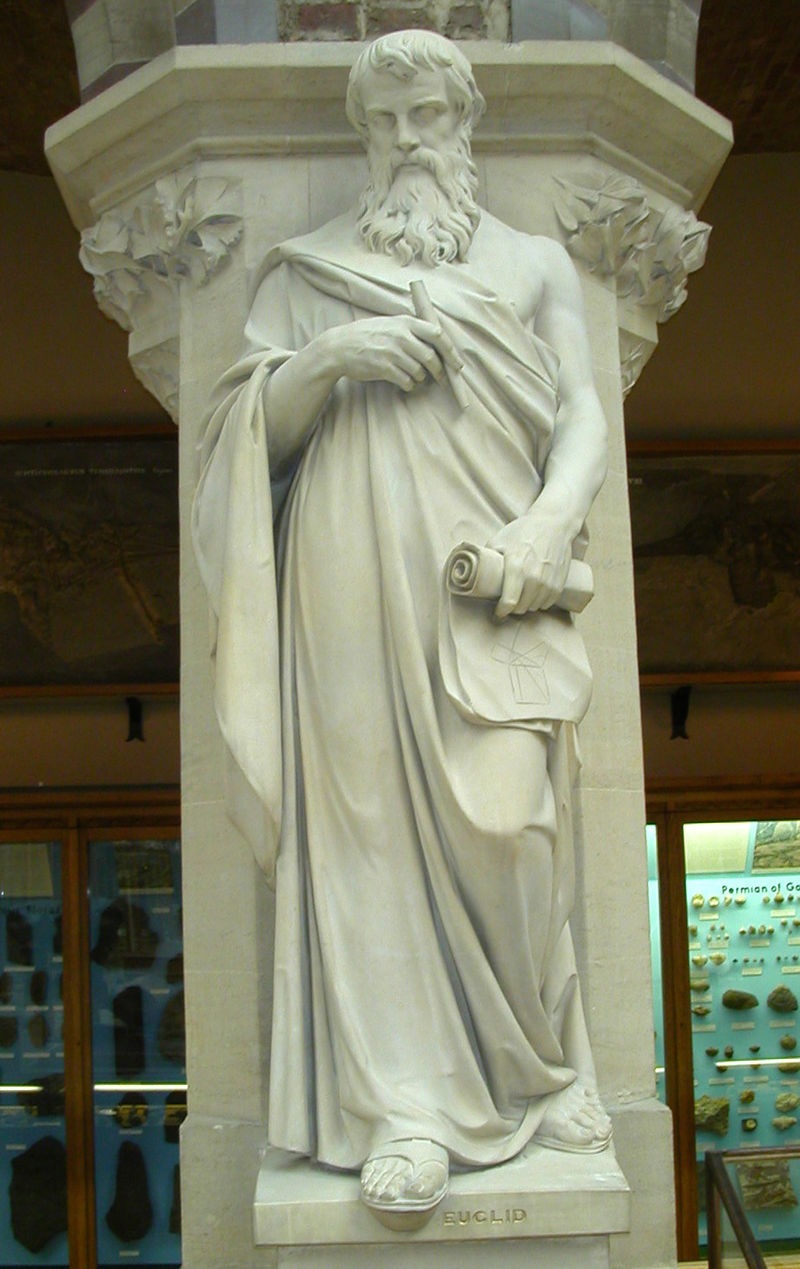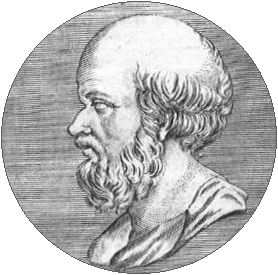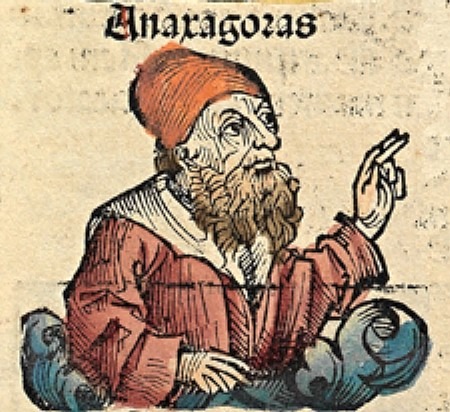The time of the ancient Greeks was full of scientific discoveries and inventions that are still relevant to this day, as most of the modern inventions that we are currently utilizing now may have been improved versions of machines or apparatuses that were created in ancient Greece.
It is speculated that the ancient Greeks used philosophy as a foundation to keep discovering things on their own, as the study of general questions about knowledge and reason prompted them to not rely on religion for the betterment of their people and their land. Through philosophy, they were able to find answers to questions about the Earth, the Sun, the stars, and the human body, which eventually led to the creation of astronomy, geography, medicine, and other scientific studies.
Here are some of the most known ancient Greek scientists and their contributions to science that you should know about.
Aristotle
Known as the “true father of philosophy,” Aristotle of Stagira was the one who deduced that every natural occurrence in the world could be explained by logic. He also wanted to share his knowledge of the world to the people in Ancient Greece by founding a school called the Lyceum, which was located in Athens.
In terms of his specific discoveries, he improved upon his teacher Plato’s theory that the world is a sphere by providing a speculated size and true shape of the world, which is a globe, according to Aristotle.
Hippocrates
During the period of the ancient Greeks, it is believed that diseases are inflicted upon humans as punishment by the gods for disobeying them. But Hippocrates of Cos didn’t believe in this superstition, as he discovered that illnesses are natural processes that can occur in a weak human body.
As medicine was not prevalent in that period, Hippocrates would suggest to his patients that they should have a balanced diet, a good sleep, and proper hygiene. Also, as he values the privacy of his patients, he created the Hippocratic Oath, which states that a doctor should not release information about his patients to the public. This oath is still being utilized today to practice ethics in medicine.
Anaximander
Anaximander is one of the first cartographers in ancient Greece who created the map of the known world, which will serve as the inspiration for the world map that we see today.
Along with cartography, Anaximander is also a pioneer in tracking time, as he was the one who invented the gnomon, which is a part of the sundial where the sun can cast a shadow on the device to indicate the time.
Eudoxus
Eudoxus of Cnidus is a Greek scientist who enhanced the functions of the sundial by making the arachne, which is an improved version of the sundial that has half a circular equatorial dial with an added nodus, the center of the gnomon that has a triangle-shaped cut to determine the equinoxes and solstices of the year.
Besides the arachne, Eudoxus also created the map of the known stars, which is still being updated today.
Euclid
Euclid of Alexandria is often considered as the “founder of geometry” as he was the one who laid the foundations, theories, and formulas surrounding the said branch of mathematics.
His Euclidean geometry is still being utilized in the present time, and this sub-branch of geometry includes the calculation of spheres and cones, which are essential in measuring the distance and angles in air navigation.
Eratosthenes
Eratosthenes of Cyrene expanded Anaximander’s map of the known world by adding previously unknown regions of Europe and Asia.
In addition, he is most notable for measuring the circumference of the Earth, which he achieved by comparing the angles of the mid-day sun at two locations. Despite the lack of proper geometrical devices and apparatuses during that period, Eratosthenes’s calculations were bizarrely accurate.
Galen
Galen of Pergamum had a broad understanding of anatomy and medicine, which resulted in him creating new ways of treating patients. He achieved great anatomical knowledge by dissecting monkeys and pigs, and he did this as corpses of humans were not allowed to be dissected during that time. Furthermore, he recommended his students to look closely at the dead bodies of gladiators in order to fully understand human anatomy.
One of his most famous experiments to teach the people about anatomy is the squealing pig experiment, wherein he dissected a live pig and took out its vocal cords to tell the people that this is the body part where the sound comes from. His experiments on animals, which could be considered unethical today, would serve as one of the foundations for modern anatomy.
Pythagoras
Pythagoras of Samos is credited for many scientific and mathematical discoveries, including the Theory of Proportions and the Pythagorean Theorem. However, it is believed that the Pythagorean Theorem was not invented by Pythagoras, as the theory was already found more than a thousand years before Pythagoras was born, but he was the mathematicians who improved upon its formula and brought it to the public eye.
He was also the Greek who discovered that strings, when stretch and elongated, produce multiple notes depending on where to touch and pluck them. Without this discovery, we wouldn’t have the guitars and violins today.
Anaxagoras
Known as the Greek scientist who explained the cause of eclipses correctly, Anaxagoras is also famous for describing the sun as a large heavenly body made of hot metals and the stars as stones that are always on fire. He also discovered that the discovered planets during that time, such as Mercury, Venus, Mars, Jupiter, and Saturn, are constantly moving like the sun and the moon.
Moreover, Anaxagoras was able to explain why the moon shines so bright at night despite not being on fire, as he theorized that the moon’s properties capture and reflect the light of the sun.
Democritus
Democritus of Abdera is a Greek scientist who hypothesized that everything is made of atoms, which is a hypothesis that is considered to be true to this day. In addition, Democritus was also the scientist who found out that the Milky Way, the galaxy where Earth is located, is made up of millions of distant stars.
Interestingly, all of his discoveries were only found out through fragments of his work, as almost all of his writings did not survive until the modern era. He may have created more theories and formulas, but we may never find those out as there are still no methods for us to recover works that are destroyed in the past.

